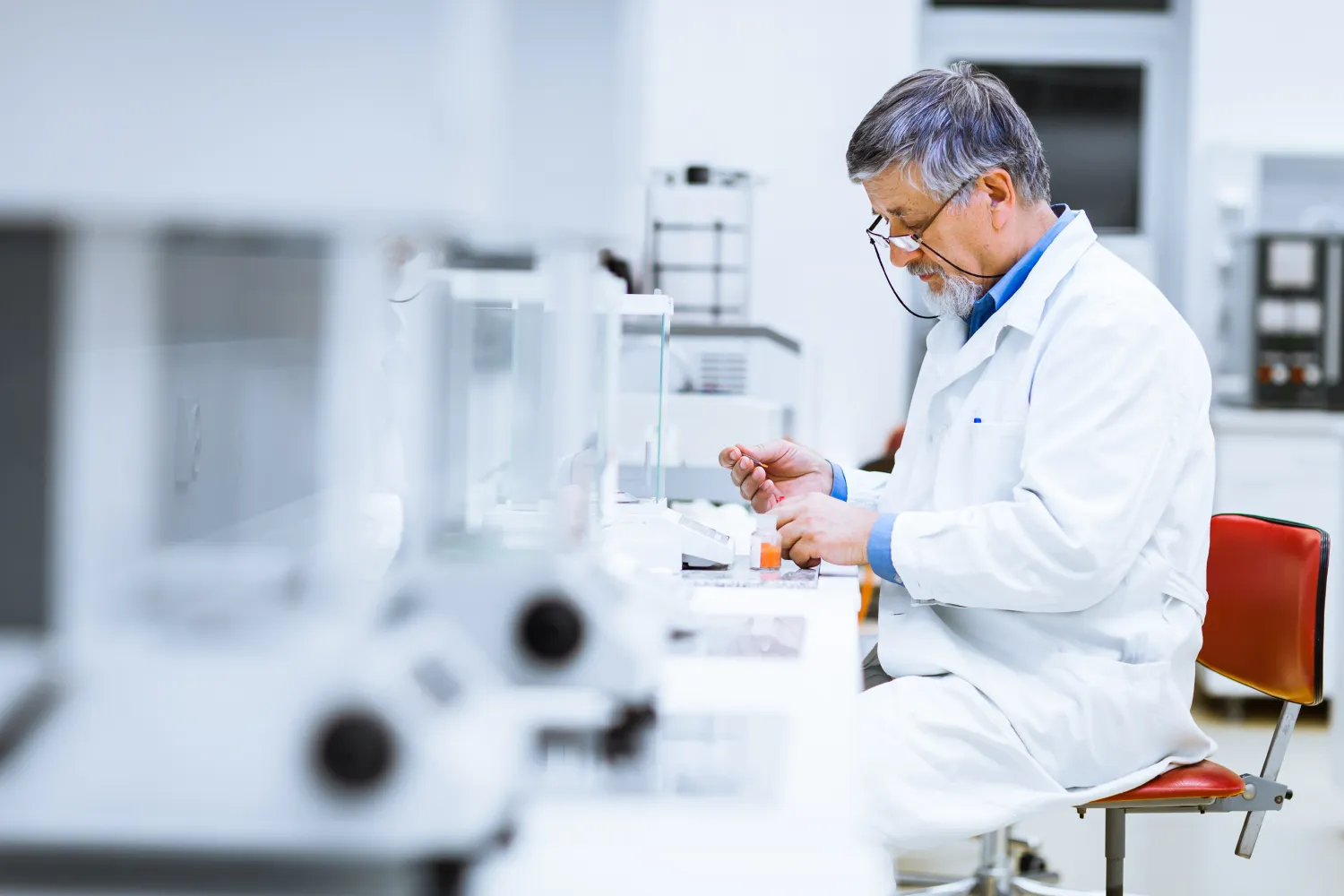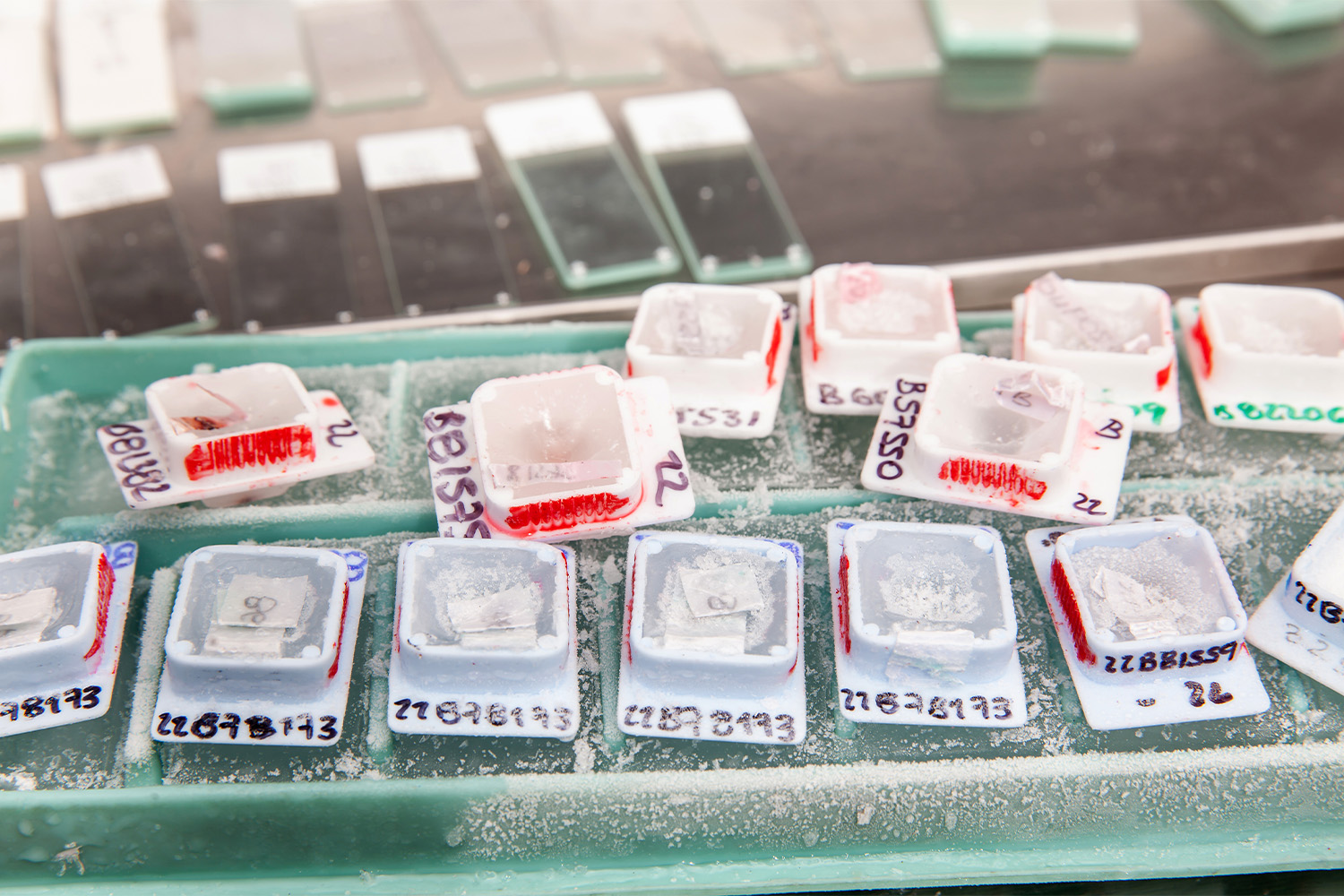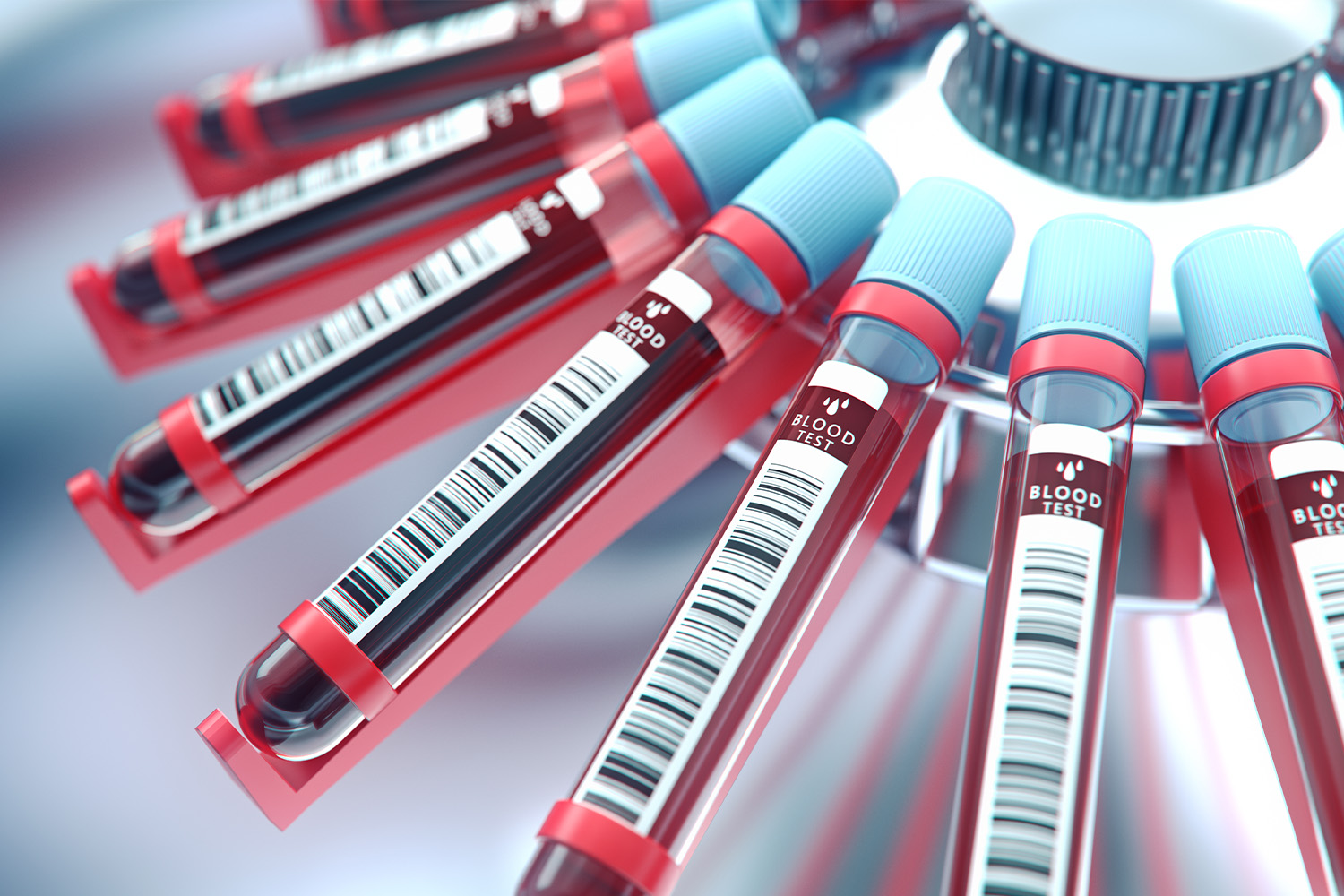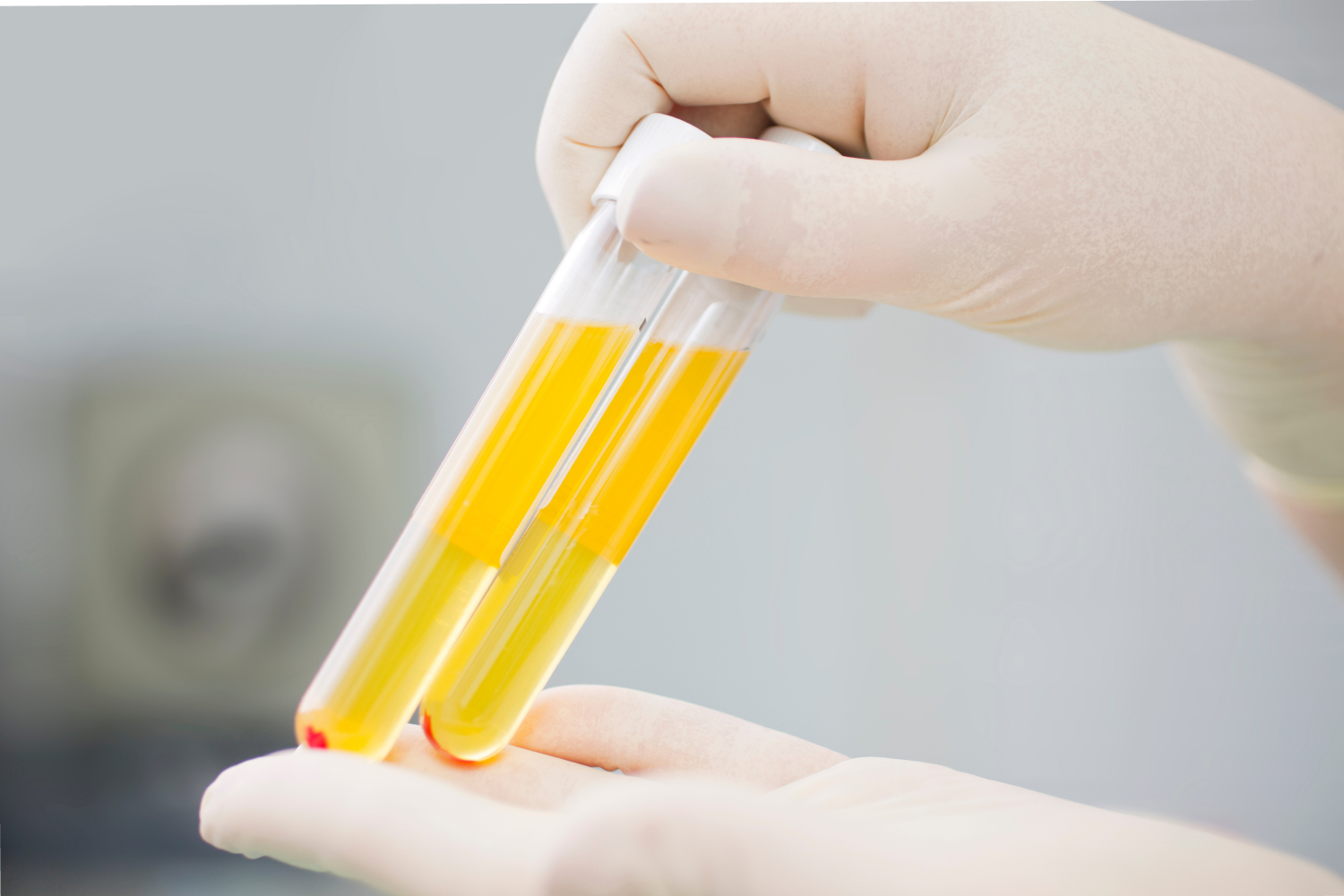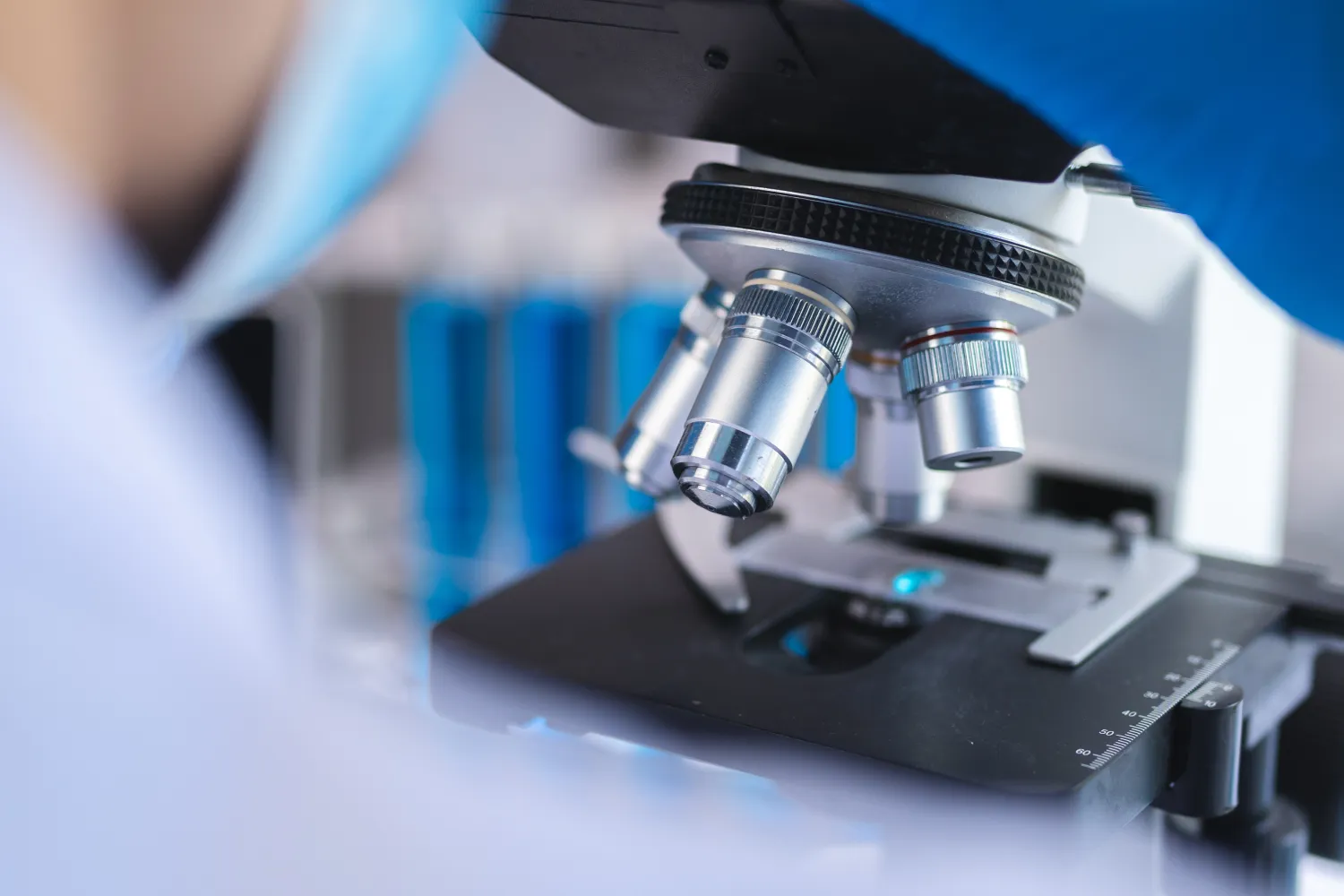Medical device testing involves science, innovation, and patient safety. Ensuring these devices meet stringent standards isn’t merely a procedural necessity — it’s a commitment to safeguarding human health.
The Regulatory Landscape of Medical Device Testing
Given its direct impact on patient health, the medical device sector operates under the watchful eyes of several global regulatory bodies. These organizations ensure that every device, from a simple diagnostic strip to a complex cardiac implant, meets safety, efficacy, and quality standards.
The U.S. Food and Drug Administration (FDA), the European Medicines Agency (EMA), and the International Medical Device Regulators Forum (IMDRF) are some of the key bodies setting the tone for medical device regulation globally.
While each has jurisdiction and nuances, its core objective remains consistent: To establish rigorous guidelines that protect the end-users, or patients, from potential harm.
These guidelines often encompass a wide array of parameters. From preclinical biocompatibility evaluations to post-market surveillance, the standards set by these bodies are comprehensive. They assess the device’s primary function, potential side effects, long-term impact, interaction with other devices or medicines, and behavior under various physiological conditions.
Adherence to these standards isn’t just a matter of compliance — it’s a testament to the product’s quality and the manufacturer’s commitment. In an industry where the margin for error is virtually nonexistent, these regulations provide a structured pathway to ensure every product released into the market is effective and safe.
What Are Specific Regulations To Keep in Mind Regarding Medical Device Testing?
When navigating the complexities of medical device testing, several specific regulations stand out as important markers.
These include:
- FDA’s 21 CFR Part 820: Outlines the Quality System Regulation for medical devices, including the methods and documentation required for manufacturing processes.
- ISO 13485: A globally recognized standard, it specifies requirements for a comprehensive quality management system in the design and manufacture of medical devices.
- IEC 60601: A series of technical standards for the safety and effectiveness of medical electrical equipment.
- EU MDR 2017/745: A regulatory framework by the European Union for medical devices emphasizing a high level of safety and transparency.
These regulations form a comprehensive framework that manufacturers must navigate to ensure their products are consistently safe and reliable.
What Is the Process for Medical Device Testing?
The process for medical device testing is thorough and methodical.
- Concept Analysis: Initially, the concept is scrutinized for viability, safety, and market need.
- Preclinical Testing: This stage includes laboratory testing and animal studies to evaluate basic safety and biological compatibility.
- Clinical Trials: These are critical for assessing the device’s performance and safety in humans, often conducted in multiple phases.
- Compliance Verification: At this stage, the device is rigorously assessed to ensure it meets all regulatory requirements.
- Post-Market Surveillance: Ongoing monitoring is conducted post-launch to track the device’s performance and gather data on long-term safety and effectiveness.
Each stage is essential, ensuring that only devices that meet the highest safety and efficacy standards reach the market.
Why Is Medical Device Testing Important?
The importance of medical device testing is multifaceted, encompassing several key areas:
- Patient Safety: Foremost, it ensures that devices are safe for patient use, minimizing risks of adverse effects.
- Efficacy Assurance: Testing validates that the device operates effectively, delivering the intended therapeutic or diagnostic results.
- Compliance With Regulations: Adhering to regulations avoids legal repercussions and ensures the product is allowed in the market.
- Manufacturer Credibility: A thorough testing process builds the manufacturer’s reputation for quality and reliability.
- Innovation Validation: Testing is vital to confirm that new, innovative technologies work as intended and are safe.
- Long-Term Cost Savings: It helps avoid future costs associated with recalls or legal issues stemming from device failures or safety concerns.
Medical medical devices can be trusted to perform safely and effectively through meticulous testing, upholding the highest healthcare standards.
What Is CLIA Certification?
With our new CLIA Certified research laboratory, iProcess Global Research is diving deep into the practical aspects of device testing, ensuring that we exceed the expectations set by regulatory authorities.
The Clinical Laboratory Improvement Amendments (CLIA) of 1988 is a regulatory framework that sets forth federal standards applicable to all U.S. facilities or sites. This applies when testing human specimens for health assessment or to diagnose, prevent, or treat disease. At its core, CLIA Certification underscores a commitment to precision, reliability, and the highest echelons of patient care.
Why Is CLIA Certification Important?
First and foremost, it speaks to the accuracy of the test results generated by a laboratory. Accuracy is not just a metric — it’s a promise to healthcare providers and patients alike that they can trust the information derived from their samples. Inaccurate results can lead to misdiagnosis, mistreatments, and many healthcare complications.
Furthermore, CLIA Certification encompasses a broad spectrum of laboratory testing criteria. It evaluates everything from the training and qualification of laboratory personnel to quality control procedures, ensuring that every aspect of lab operations meets rigorous standards.
This is important because, in a clinical setting, every step — from specimen collection to data reporting — can influence outcomes.
It’s also worth noting that the CLIA framework is adaptable. As medical science evolves and new testing methodologies emerge, CLIA standards are updated to encompass and address these innovations. This means that a CLIA-certified lab is compliant with today’s best practices and is poised to adapt to the ever-evolving landscape of medical testing.
Our commitment is to provide results that medical professionals can act on confidently, ensuring patients receive the highest standard of care informed by reliable data. In the ever-changing world of medical device testing, CLIA certification is our seal of trustworthiness, excellence, and commitment.
Key Considerations When Navigating Regulatory Waters
Successfully navigating the regulatory environment of medical device testing requires a strategic approach. Here are some key considerations:
- Stay Informed: The regulatory landscape is constantly evolving. Regularly update your knowledge to keep pace with new guidelines and changes.
- Document Rigorously: Maintain comprehensive records of all testing processes and results. Documentation is important for demonstrating compliance during audits.
- Engage with Regulatory Bodies: Proactive communication with entities like the FDA and EMA can provide clarity and insight, helping to mitigate the risk of non-compliance.
- Quality Assurance: Implement robust quality control systems. At iProcess Global Research, we ensure our testing processes comply with regulations and uphold the highest quality standards.
- Expert Consultation: Leverage expertise from regulatory specialists. Their insights can navigate complexities and anticipate potential regulatory hurdles.
Navigating these regulatory waters with diligence and foresight is essential for any organization in the medical device field, ensuring compliance and the utmost safety of medical devices.
The Changing Landscape of Medical Device Regulations
The medical device sector’s dynamic and rapidly evolving nature necessitates that organizations stay abreast of emerging innovations, technological advancements, and new regulatory standards. As healthcare moves towards an increasingly digitized, personalized, and patient-centric approach, regulatory bodies worldwide will continue to adjust their guidelines to these shifting paradigms.
For instance, the growth of digital health technologies, such as wearable devices and telehealth, has introduced new challenges and considerations for device testing and regulation. These innovations require both designers and testers to account for data privacy, cybersecurity, interoperability with other devices, and user accessibility.
Similarly, the rise of advanced therapies like gene and cell therapies demands scrutiny of novel risk and safety aspects. Understanding and navigating these new regulatory landscapes and staying compliant remains important.
Manufacturers must also know the broader socio-economic implications, specifically how their devices fit into varying global healthcare systems. Differing regulatory timelines, competition, and pricing pressures are key considerations in the overall regulatory and commercialization strategy.
In light of these foreseeable changes, iProcess Global Research is already preparing for these shifts. We are committed to continuous learning and adapting our processes with the future of medical device testing in mind, upholding our mission to ensure the safety and effectiveness of medical innovations.
Conclusion
At iProcess Global Research, our commitment to excellence in medical device testing is unwavering. With our state-of-the-art CLIA Certified research laboratory, we’re not just adhering to regulatory standards — we’re exceeding them, setting new benchmarks in accuracy, reliability, and patient safety.
Our approach to medical device testing is holistic, encompassing rigorous adherence to regulatory frameworks, proactive engagement with advancements in testing methodologies, and a relentless focus on quality.
We invite stakeholders from across the medical device community to join us in our mission to elevate medical device testing standards, ensuring that healthcare innovations are delivered safely and effectively to those who need them most.
You can check out our blog to learn about our testing process.
Sources:
Medical Device Industry Facts | AdvaMed
Clinical Laboratory Improvement Amendments (CLIA) | CMS
Complexity of genome sequencing and reporting | ScienceDirect
